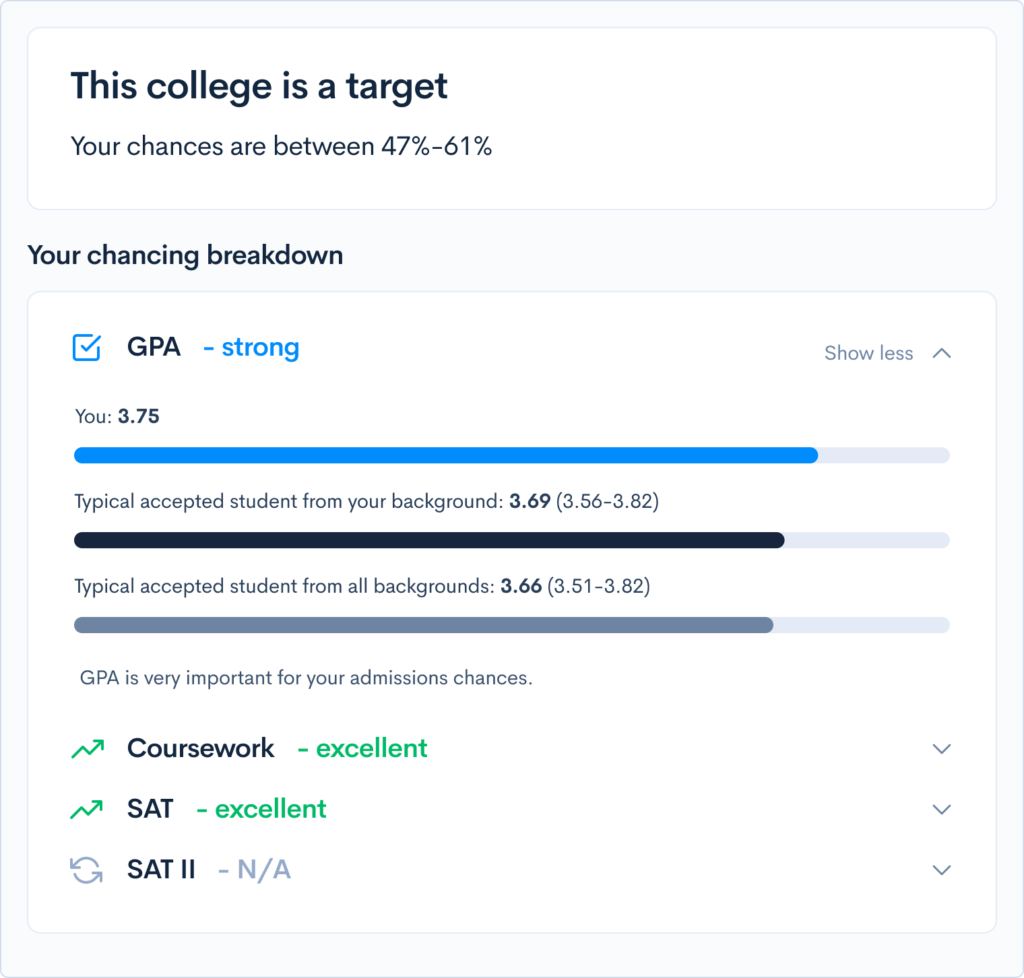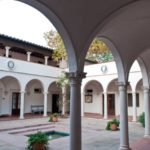What is Columbia University Known For?
What is Columbia University known for? It depends on who you ask—some point to its rich history, others to its inclusion in the Ivy League, while others to its prominent location in one of the world’s great cities. Whether it’s Columbia’s renowned academics or for being one of the oldest institutions of higher education in the U.S., the fact is, there is a lot to know about Columbia. Location: New York, New York Undergraduate Enrollment: 9,164 Acceptance Rate: 4% Middle 50% SAT: 1510-1560 Middle 50% ACT: 34-36 Columbia consistently ranks among the top schools in the nation. The university is similar to its Ivy League counterparts, Brown and UPenn, in that it heavily values academics, but with more of an explicit focus on intellectual diversity. This means that even if a student has strong STEM courses on their transcript, they should also have strong humanities courses (i.e., multiple APs) and vice versa. The Fu Foundation School of Engineering has the most stringent academic standards among Columbia’s schools. Columbia College has more lenient academic standards, but it requires a stronger extracurricular profile. Columbia places great emphasis on the essays, so applicants should take care to write highly personal and engaging responses. At the center of Columbia academics is the “Core Curriculum,” which exposes students to a broad spectrum of ideas and perspectives in the fields of literature, history, philosophy, music, art, and science. Core classes are known for their small size (typically fewer than 20 students per class), allowing students to interact and build relationships with faculty while developing skills essential for successfully navigating the larger world, such as observation, analysis, argument, and respect for a variety of ideas. Columbia is divided into three undergraduate colleges: Columbia College, the School of General Studies, and the Fu Foundation School of Engineering and Applied Science (also sometimes called SEAS or Columbia Engineering). The school of engineering is one of the oldest and most respected engineering programs in the U.S. The Core Curriculum plays a large role in the education of Columbia engineering students—about half of their classes are in the humanities and they must also complete “technical Core” courses in Calculus, Chemistry, Computer Science, Design Fundamentals Using the Advanced Computer Technologies, and Physics. Columbia has a partnership with Barnard College, a highly ranked all-female college located across the street. The two schools operate independently, but students can attend classes at both campuses and participate in each other’s clubs and events. This allows students to experience both what life is like at a large Ivy League institution and at a small liberal arts college simultaneously. Columbia is home to a handful of notable faculty. Physicist Brian Green—founder of the World Science Festival and author of best-selling books like The Fabric of the Cosmos—has taught at Columbia since 1996. Former first daughter Chelsea Clinton is an adjunct professor at the university’s Mailman School of Public Health. What is Columbia University known for outside the classroom? Its fencing program is one of the best and oldest in the nation, dating back to the 1800s. Columbia’s Norman Armitage competed in four Olympics—1932, 1936, 1948, and 1952—although he only won a single medal (a bronze in 1948). Columbia’s Caitlin “Katy” Bilodeau was a four-time All-American fencer at Columbia, a two-time Olympian, and was named NCAA female athlete of the decade for the 1980s in fencing. There is no shortage of activities available to Columbia students; the university is home to more than 500 clubs and organizations ranging from Aikido to Venom Step—Columbia’s premier step team. The university even has its own radio station, WKCR, a student-led, non-commercial radio station that has been broadcasting for over a quarter-century. The city of New York offers a nearly endless array of opportunities for students to explore a wide range of interests. The Columbia Arts Initiative helps students discover and experience art both on campus and throughout the city; students can receive free and discounted tickets to artist events in disciplines such as musical theater, classical music, dance, visual arts, and cinema. The Varsity Show is Columbia’s oldest performance-based tradition. Dating back to 1894, The Varsity Show features some of the most talented artists and creatives from Columbia and Barnard. The show is full of satire on life at Columbia, including its politics, student groups, administrators, and all other aspects of campus life. That Rockefeller Center tree lighting ceremony gets more headlines, but Columbia’s tree lighting is an awesome event for students. One of the university’s newer traditions, the tree lighting began in 1998 and is held in early December, offering a brief respite from the frenzy of the semester’s end. During tree lighting, the university illuminates the trees lining College Walk. Students can munch on free donuts and sip on hot chocolate while watching performances by campus acapella groups. Columbia is a residential college and the vast majority of students choose to live on campus all four years. Columbia residential communities include: After their first year, students have the option to live in one of a number of special interest communities, like Casa Latina, Greenborough, Q House, and Writers House. Greek life plays a smaller role at Columbia than it does at other institutions, with only about a quarter of students participating. However, the number of students joining fraternities and sororities is on the rise—in 2006, only a little over 6% of undergraduates participated in Greek life, but over 1,100 undergraduates participate in Greek life today, roughly 12% [amp-cta id="9459"] Columbia University has an extremely generous financial aid program. The school is need-blind and will meet 100% of demonstrated need. Columbia is also a no-loan school—aid is provided by grants and student work, which do not require repayment. Parents are not expected to contribute toward tuition if the family earns less than $66,000 a year. Students from families with annual incomes below $150,000 can attend tuition-free. Columbia has the highest proportion of Pell grant recipients of all the Ivies—24% of its most recent incoming class. Columbia University is need-aware for international students, but will meet 100% of the demonstrated need of accepted international students. Columbia University is the home of the Pulitzer Prize, an award for achievements in newspaper, magazine and online journalism, literature, and musical composition. The university awards Pulitzer Prizes on the recommendation made by the Pulitzer Prize Board, which is composed of judges appointed by the university. Numerous Columbia alumni have been awarded a Pulitzer Prize. New York City—as the saying goes, if you can make it here, you can make it anywhere. NYC is one of the world’s great metropolises and offers something for students of almost every interest. World-class dining, art, culture, athletics, and entertainment are found throughout the city. When it comes to careers, New York City is a hub for the finance, entertainment, media, and publishing industries. Numerous opportunities are also found in real estate, trade, healthcare, and information technology. As so many who have lived in the Big Apple will attest, there is just something special about residing in the city. “But there is one thing about it—once you have lived in New York and it has become your home, no place else is good enough.” –John Steinbeck What’s Columbia known for? Selective admissions. Ivy League colleges use the Academic Index—a distillation of a student’s academic record into a single number—to expedite the admissions process and filter out candidates who aren’t academically prepared. If your academic profile isn’t strong enough, there is a chance that admissions officers won’t read the rest of your application—even at a school like Columbia, which prioritizes extracurricular activities. CollegeVine’s free chancing calculator uses factors like standardized test scores, GPA, and extracurricular activities to show your odds of acceptance at Columbia and hundreds of other colleges, as well as illuminating how you compare to other candidates. It also provides tips for how to improve your profile and boost your chances of acceptance. What’s Covered:
Overview of Columbia Admissions
Unique Aspects of Columbia
Academics
Extracurriculars
Traditions
Dorms

Financial Aid
Other
Location
What Are Your Chances of Acceptance at Columbia?




